My work in IRL XD draws from a variety of disciplines. Here are some of my favorite books that I’ve used to design better experiences.
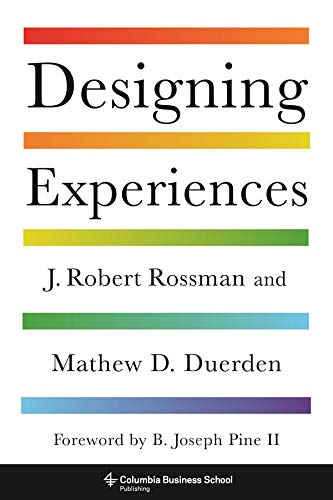
Designing Experiences. If you’re going to read any of the books on this page, read this one. My first impression was “These two guys in suits are going to help me make joyful and absurd experiences?” Yes, they will. This is a fantastic book that provides both a language and a framework for experience design. It’s great.
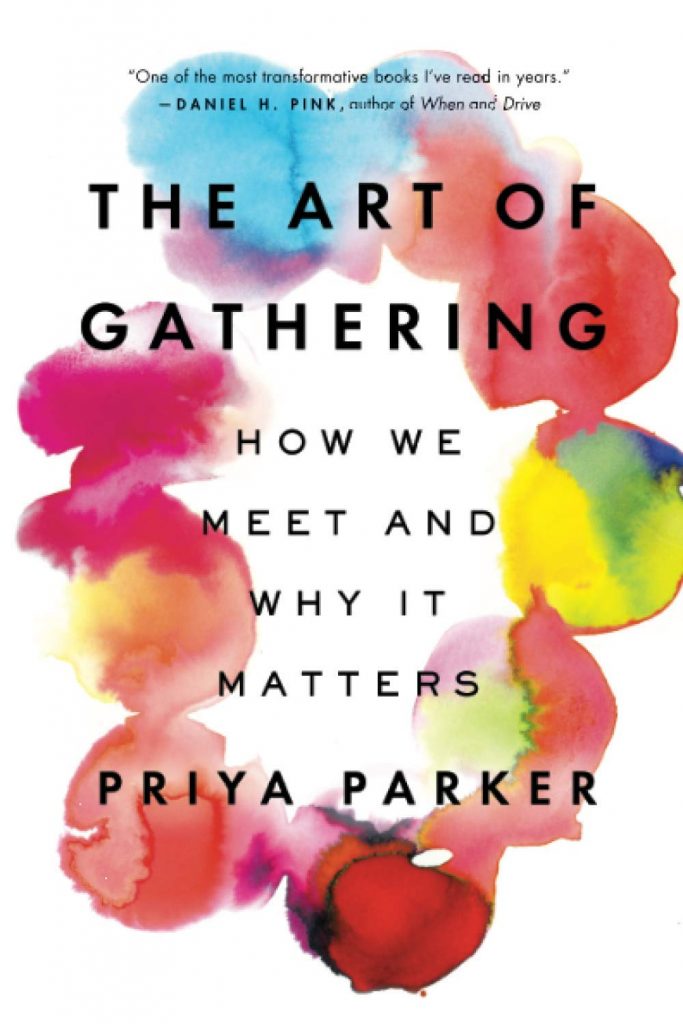
The Art of Gathering. When I first read this book I thought, “YES! This is a huge part of the puzzle that has been missing.” It’s possible that the knowledge has been out there and I’d just missed it, but this is the first I’d stumbled on it and it’s fantastically written. I love that she says you should begin with figuring out the purpose of the event, that it should not be for everyone, and that it needs you (or someone) to lead it. These and many of her other ideas seem to echo the same strategies you would use when starting a company. Just a ton of insight. It will change the way you think about parties, events, and other gatherings.
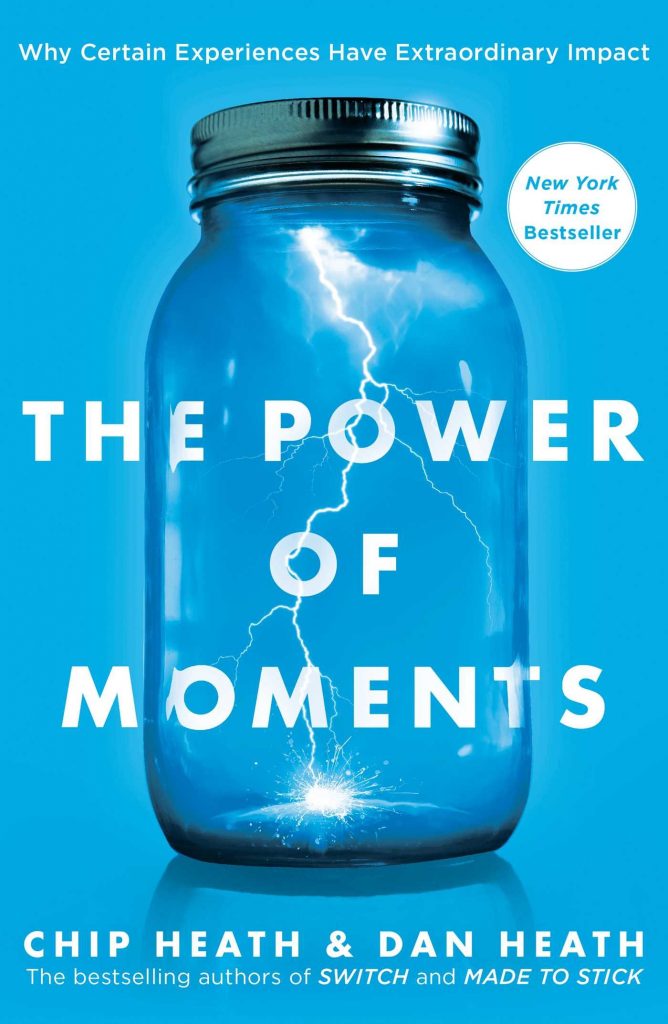
The Power of Moments. A great book about what sorts of things people want out of an experience and how you can create more of them. Very practical. The ideas are surprising but at the same time ring true to what you already know but maybe haven’t reflected on. This book has been extremely helpful.

Influence. This seminal book is great for so many purposes, but in the context of IRL XD it helps you get people to do the things they need to do if they are going to enjoy your experience. I can’t recommend it enough. It was published 35 years ago and is still the #1 best seller on Amazon for marketing for small business. Another version of the same book is the #7 best seller in the same category.
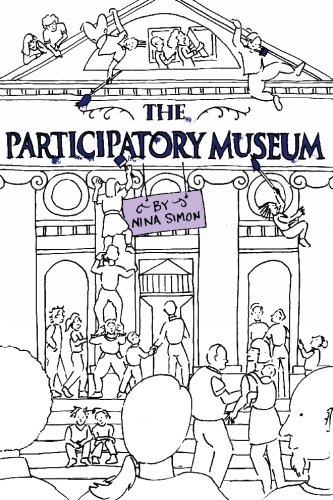
The Participatory Museum. Nina Simon’s book explains the different ways a museum can be “participatory”, details related examples, and gives actionable advice. While the context is museums, much of the knowledge she shares can be used in any institution or organization that wants to engage their tribe to not just spectate, but to participate. She explains the pros, cons, how-tos, and differences between contributing, collaborating, and co-creating. She also shares a lot of ideas for managing people, getting buy-in, and motivating action – both from your tribe and from others in your institution. (Read my full post on the book here).
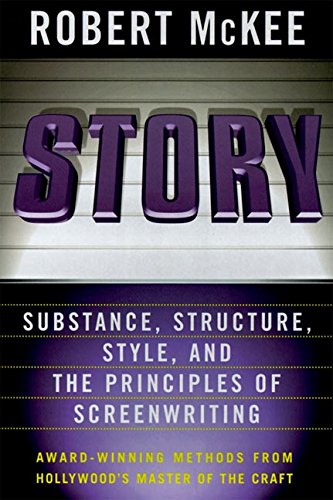
Story. The word “story” is thrown around a lot in experience design and immersive design. This classic book on screenwriting teaches you a lot about human nature and what it expects from narrative. It’s not formulaic, but there are principles that have been used again and again and again over the centuries – because they work. Avoid them at your own peril. Even if your experience has very little narrative your visitors are writing a story in their heads. That’s what humans do. This book will help you craft the right expectations and rewards for your visitors.
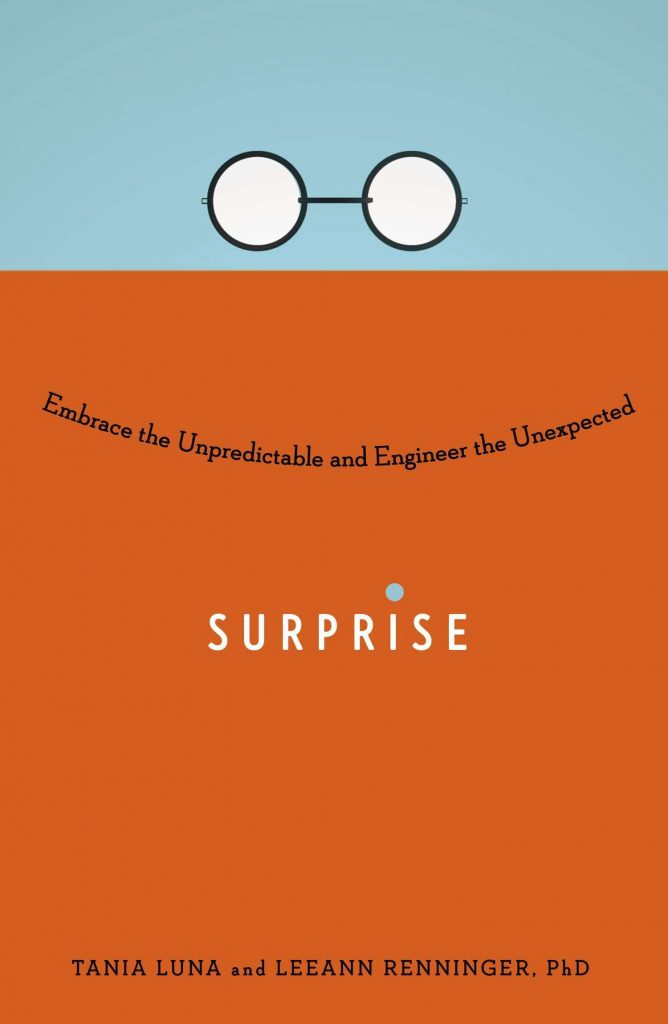
Surprise. Tania Luna and LeeAnn Renninger are among the few researchers in the world to study the psychology of surprise. This book does a deeper dive into what is covered in some of the other books on this list and the dive is incredibly useful in helping you understand and apply what surprise is and how it works, how to create it, and how to use it in the experiences you are designing. Refreshingly, the book is science-based, not just postulations by someone who works in the creative field.
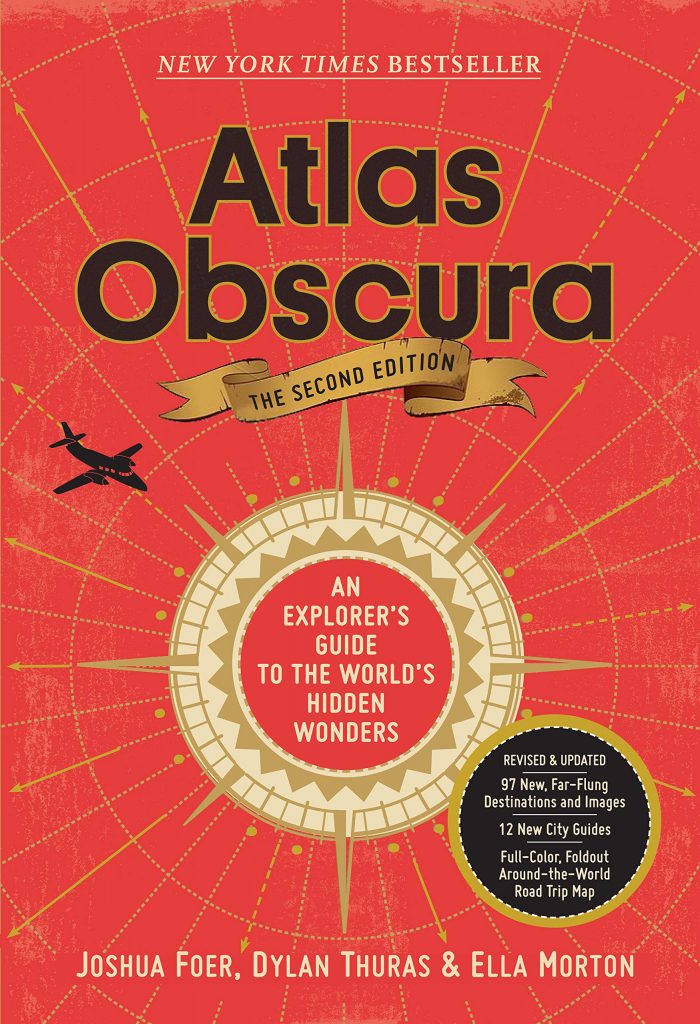
Atlas Obscura. If you haven’t been to AtlasObscura.com, you’re really shorting yourself on your life. A compendium of the world’s most curious and strange and wonderous things and places, it’s a great resource of inspiration and for seeing what other experience creators are working on. Since my creations are more on the unusual side, this book might be more useful to me than other IRL experience designers. I’d recommend the website over the book (it’s free), but I own the book and enjoy it as well.

Worlds of Wonder. I have mixed feelings about this book but definitely recommend it. I think it suffers from “we’re designers so we better have a very design-y looking book” syndrome. While some readers might be inspired by the creative layouts and the fact that over 75% of the book is made up of photos, I find it terribly distracting. That said, I have not found another book that provides this combination of philosophical, pyschological, and tactical experience design content. It covers everything from human biology to operations budgeting. The book is told mainly from the perspective of museum and exhibition designers. There’s lots of information and ideas in here I hadn’t seen before.
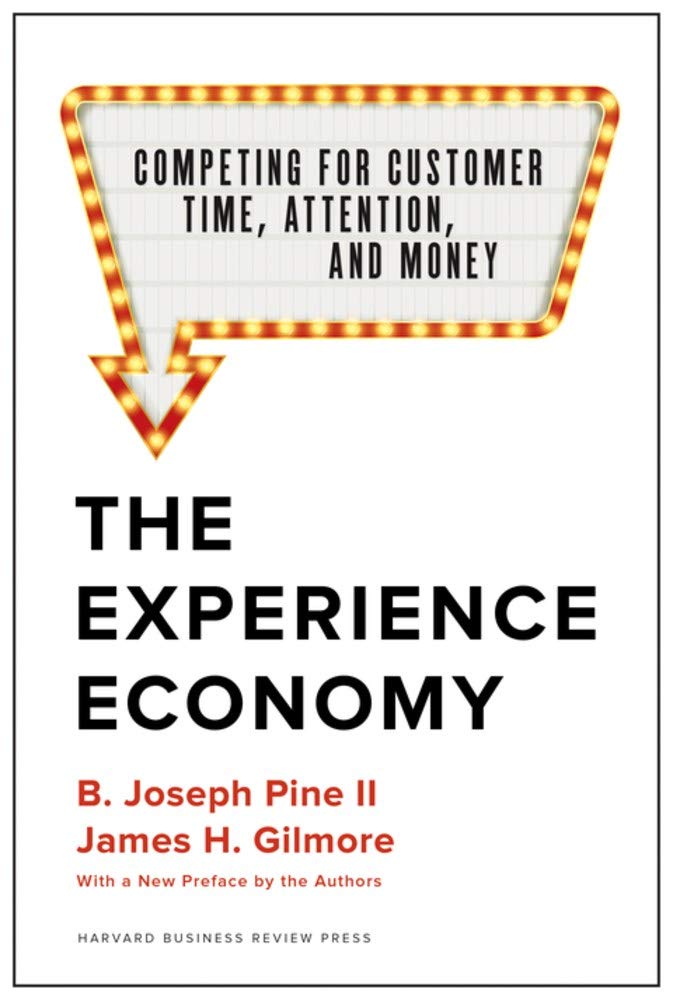
The Experience Economy. This book predicted the value of experiences over 20 years ago. While this is principally a business book, I found it useful to see why experiences have become more popular and in demand in the wider context of societyand the economy. The authors argue convincingly that “work is theater” and if you want to compete in the 21st century then you need to think in terms of experiences, not just good products and services.

Game Design Workshop. This is a textbook about creating video games. While I do my best to keep the Eureka Room from being interpretted as a video game, I wanted to see what concepts, language, and solutions of video games I could borrow for the Eureka Room while keeping it “its own thing”. This book is about 500 pages and as far as I can tell covers everything imaginable on video game design. The last 120 pages alone are about the industry, getting a job, and then working as a video game designer. More useful for my purposes were the parts on designing and testing your game.